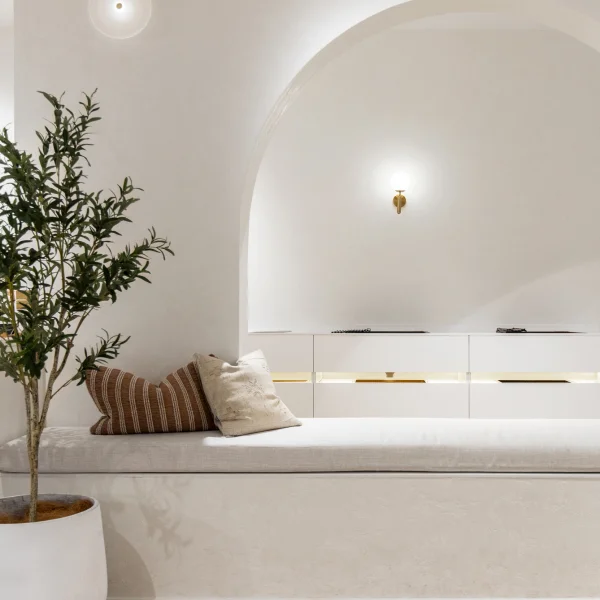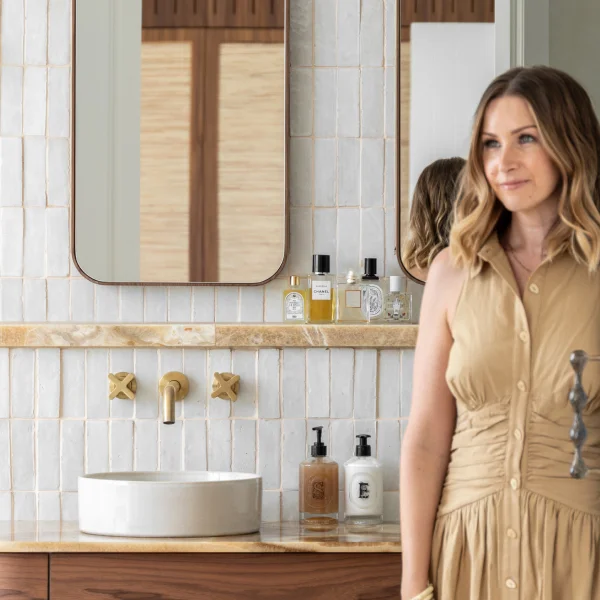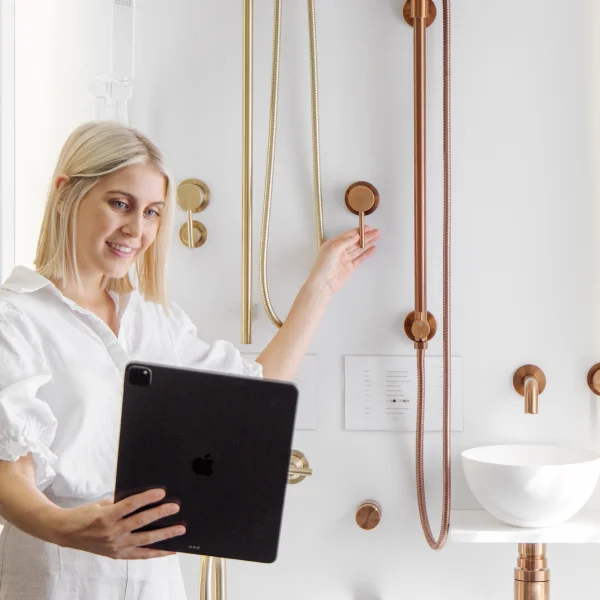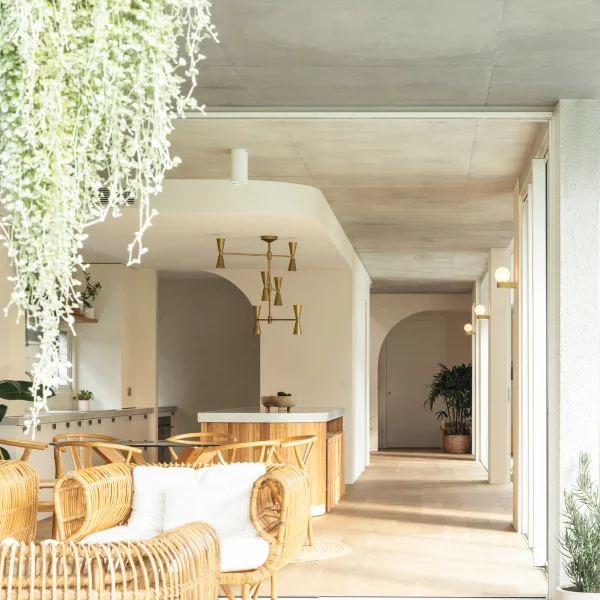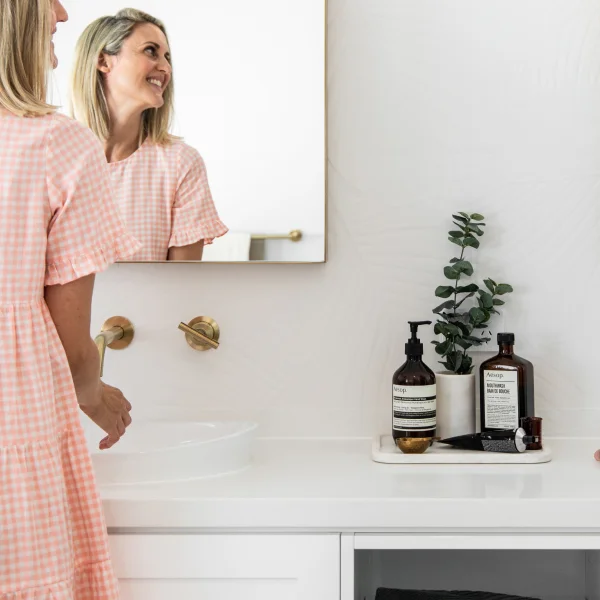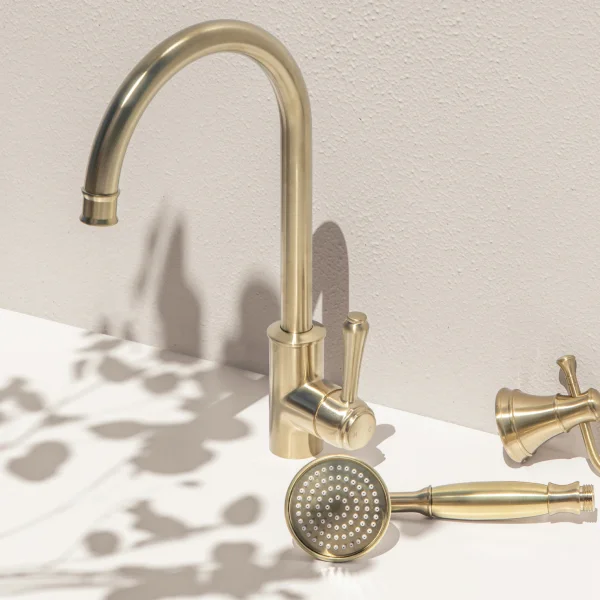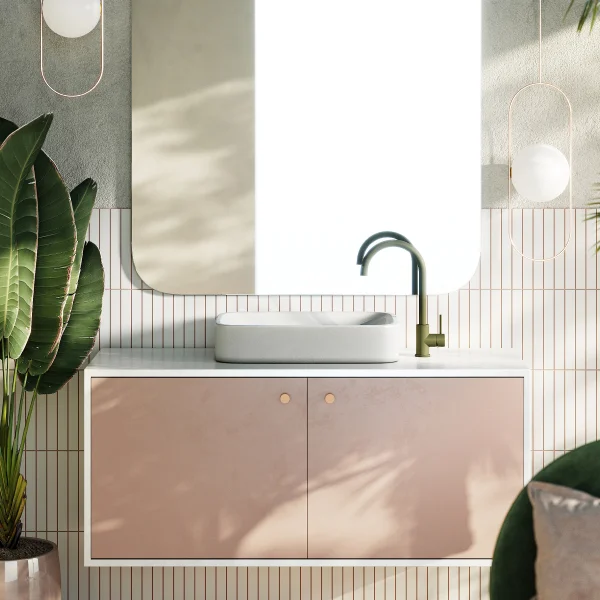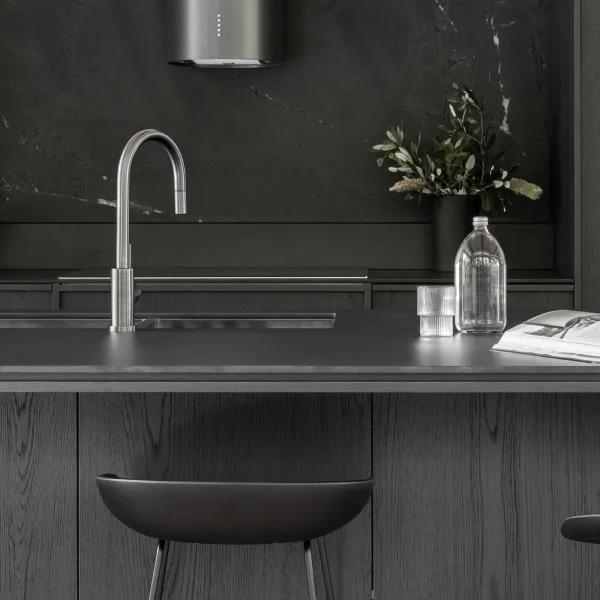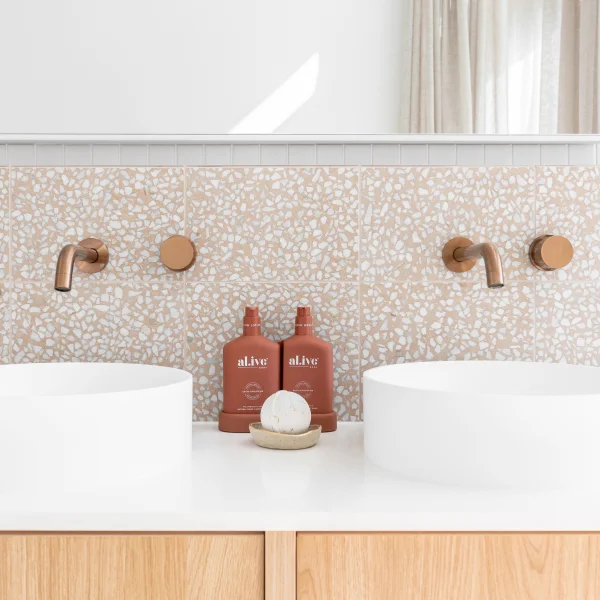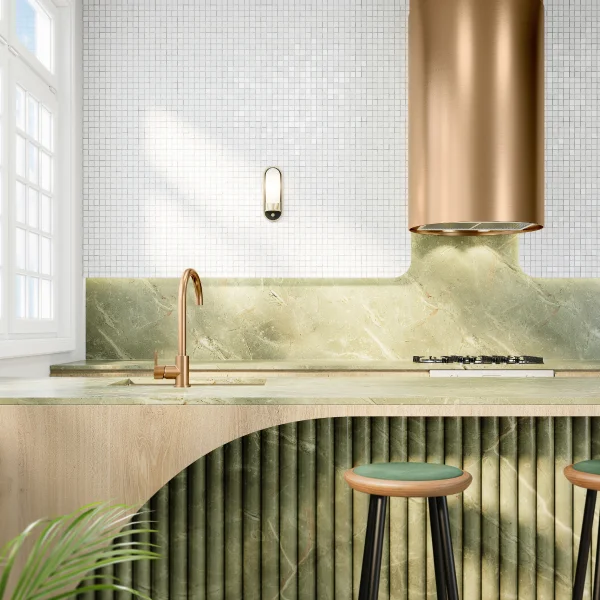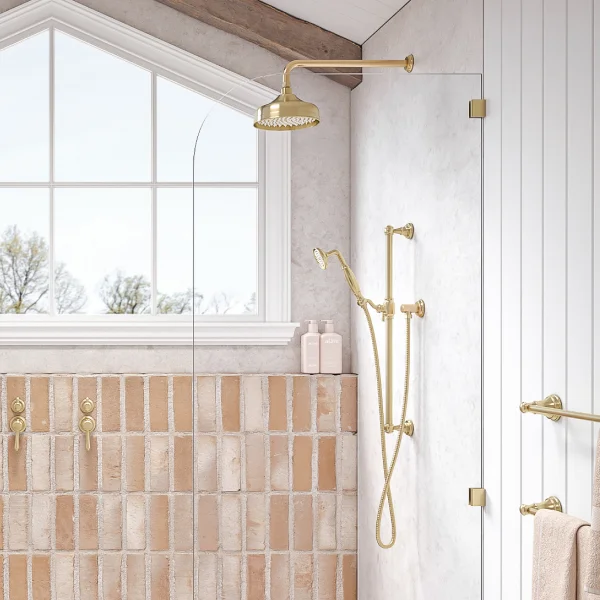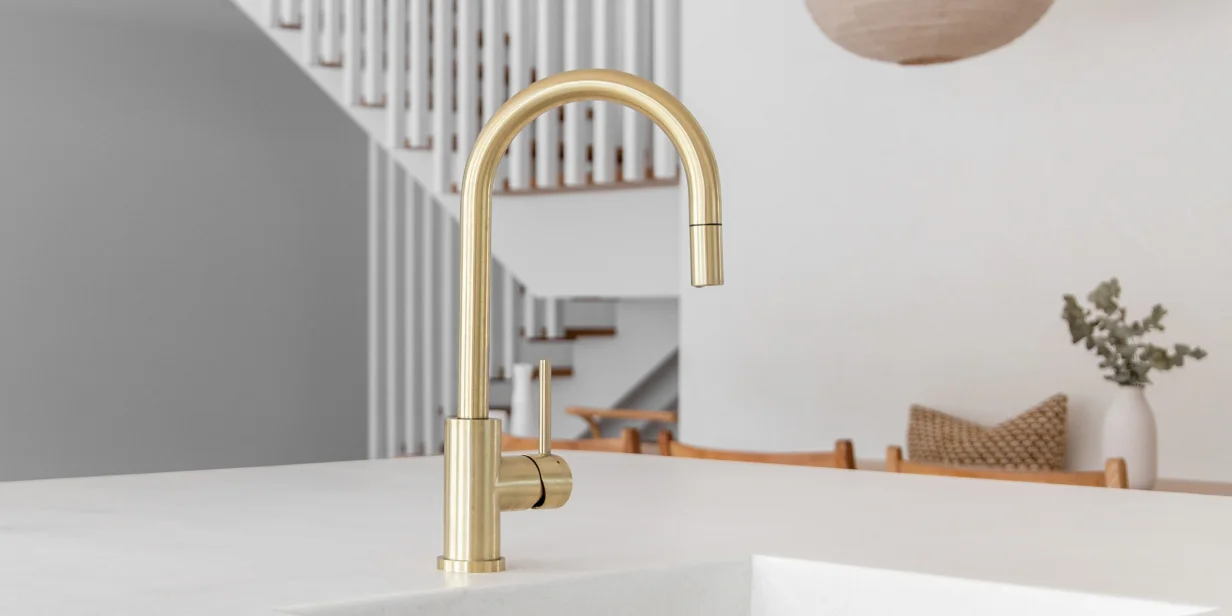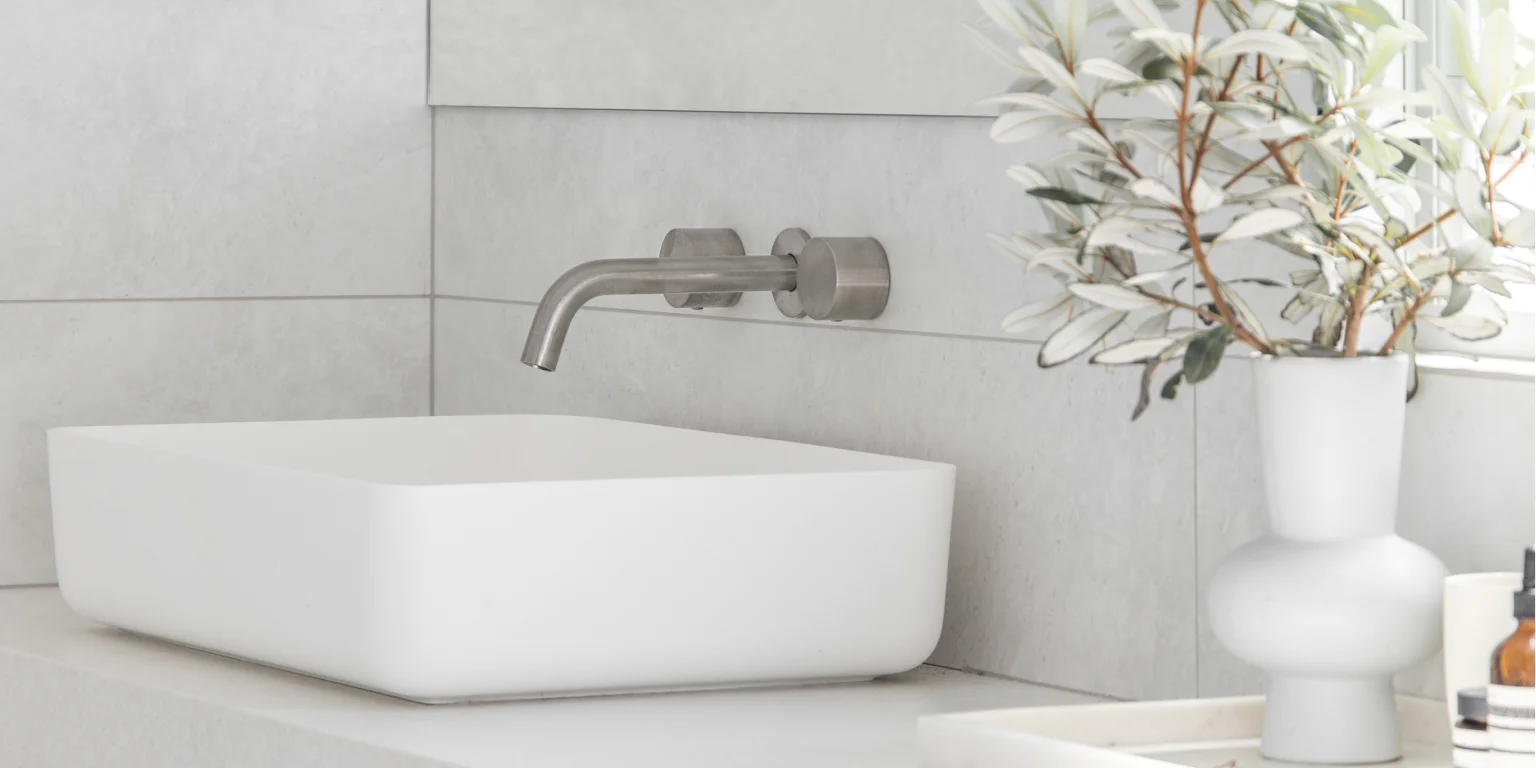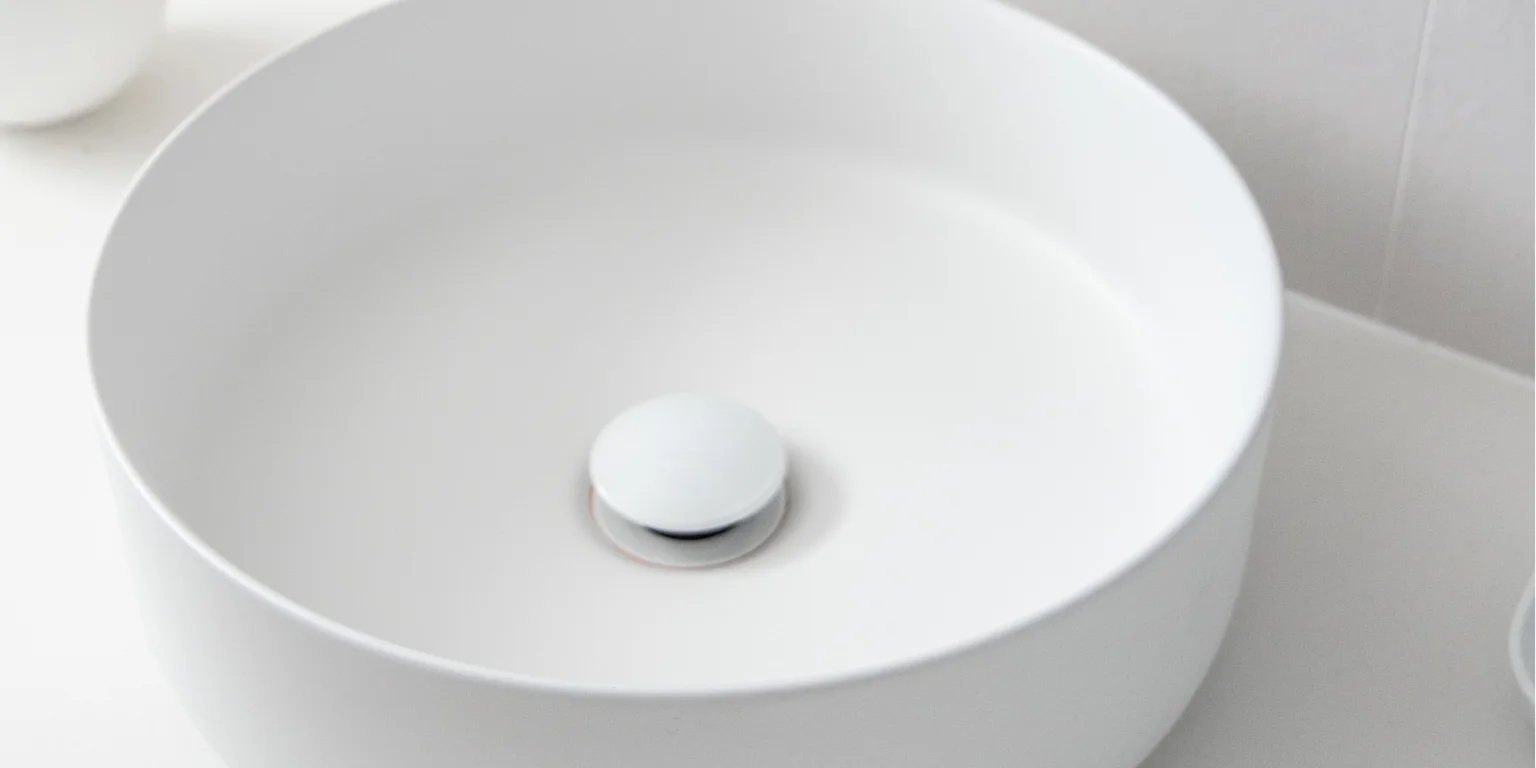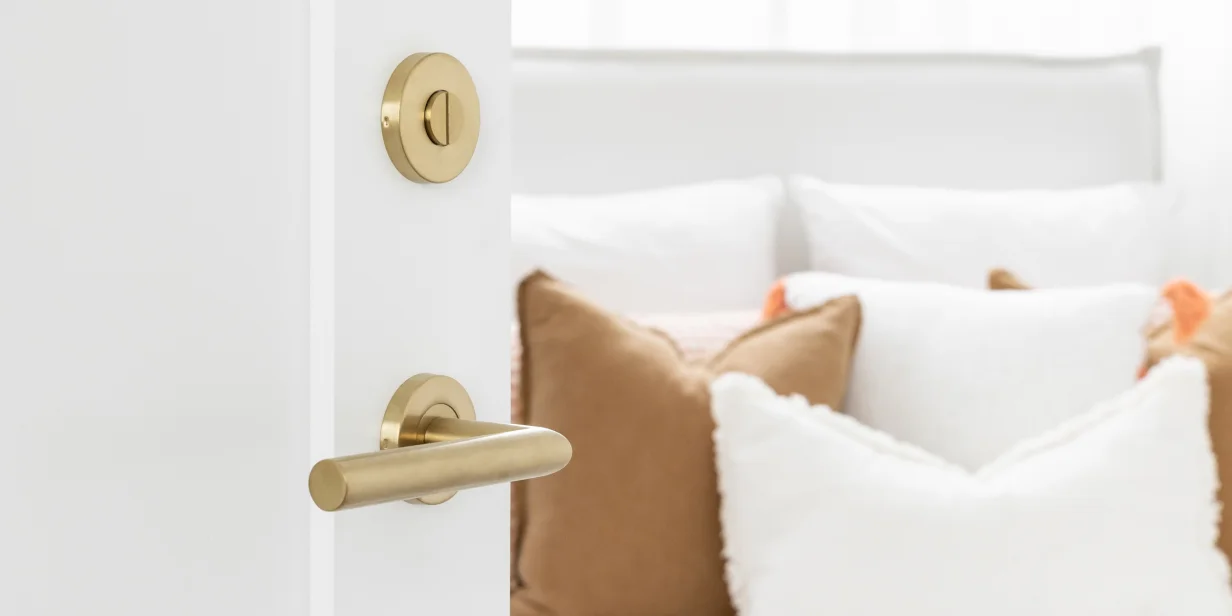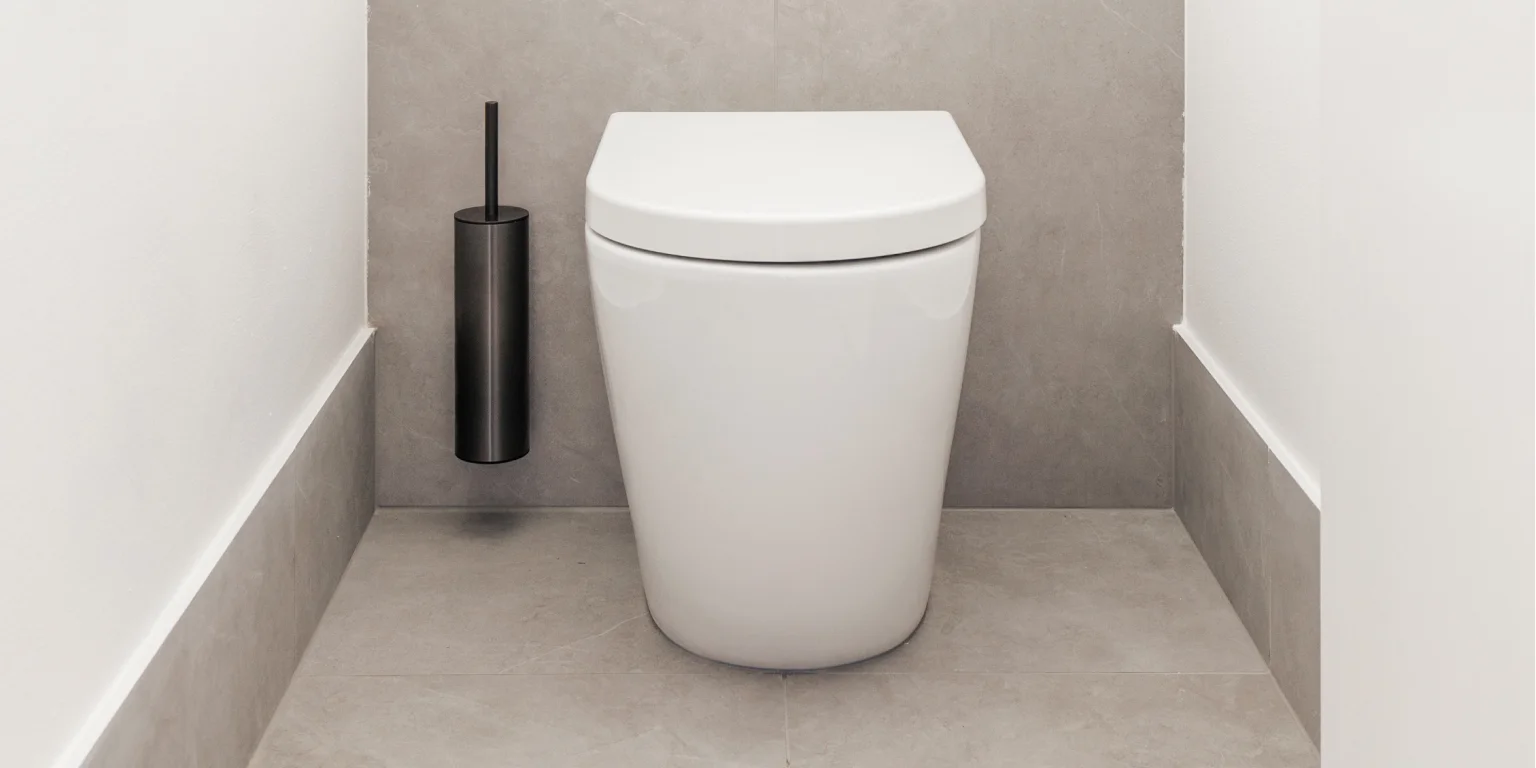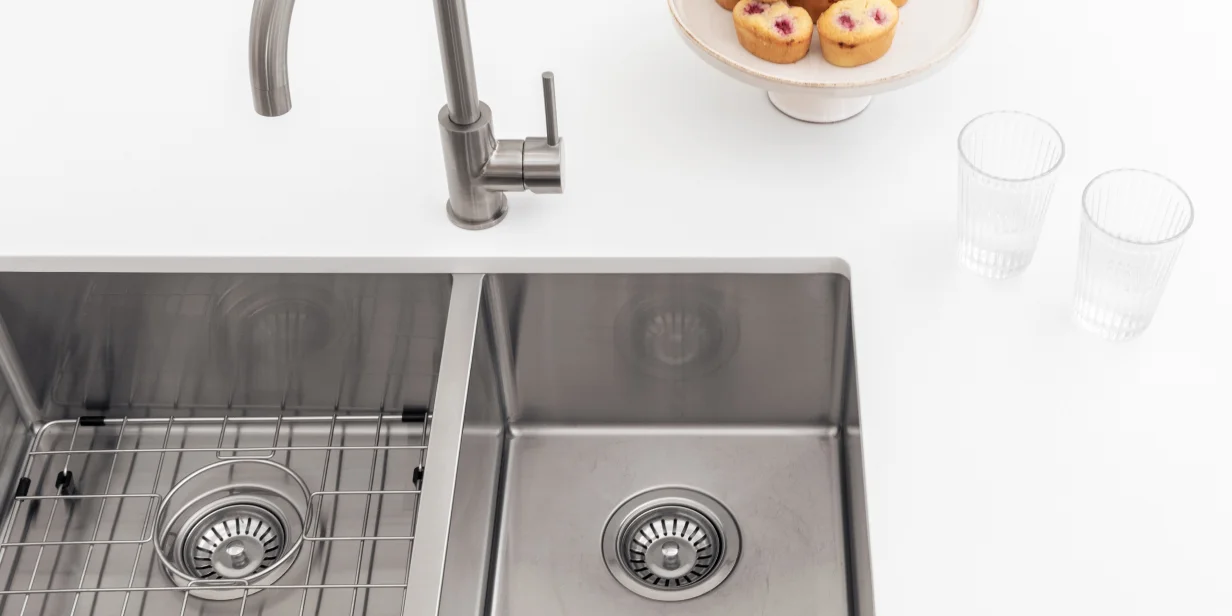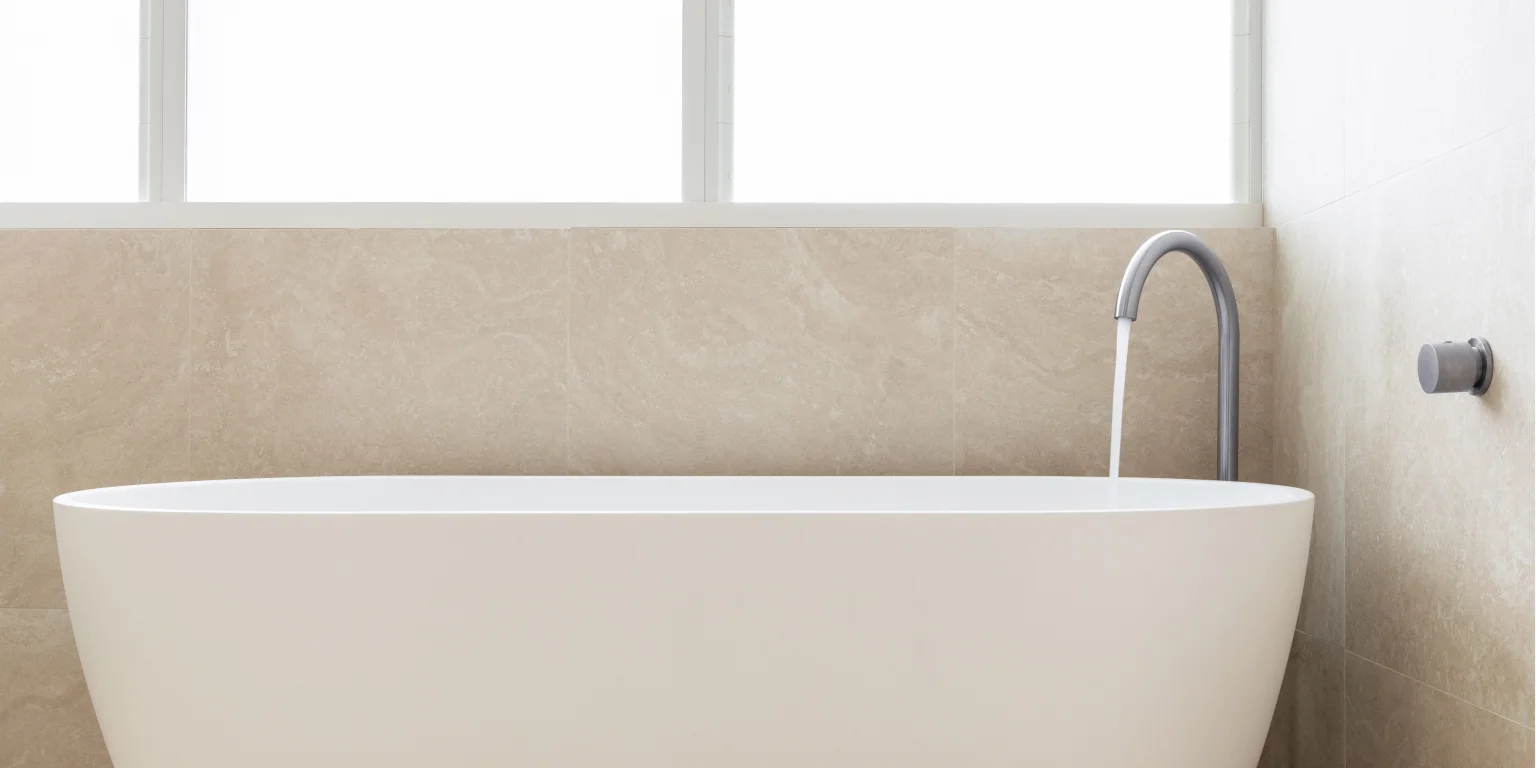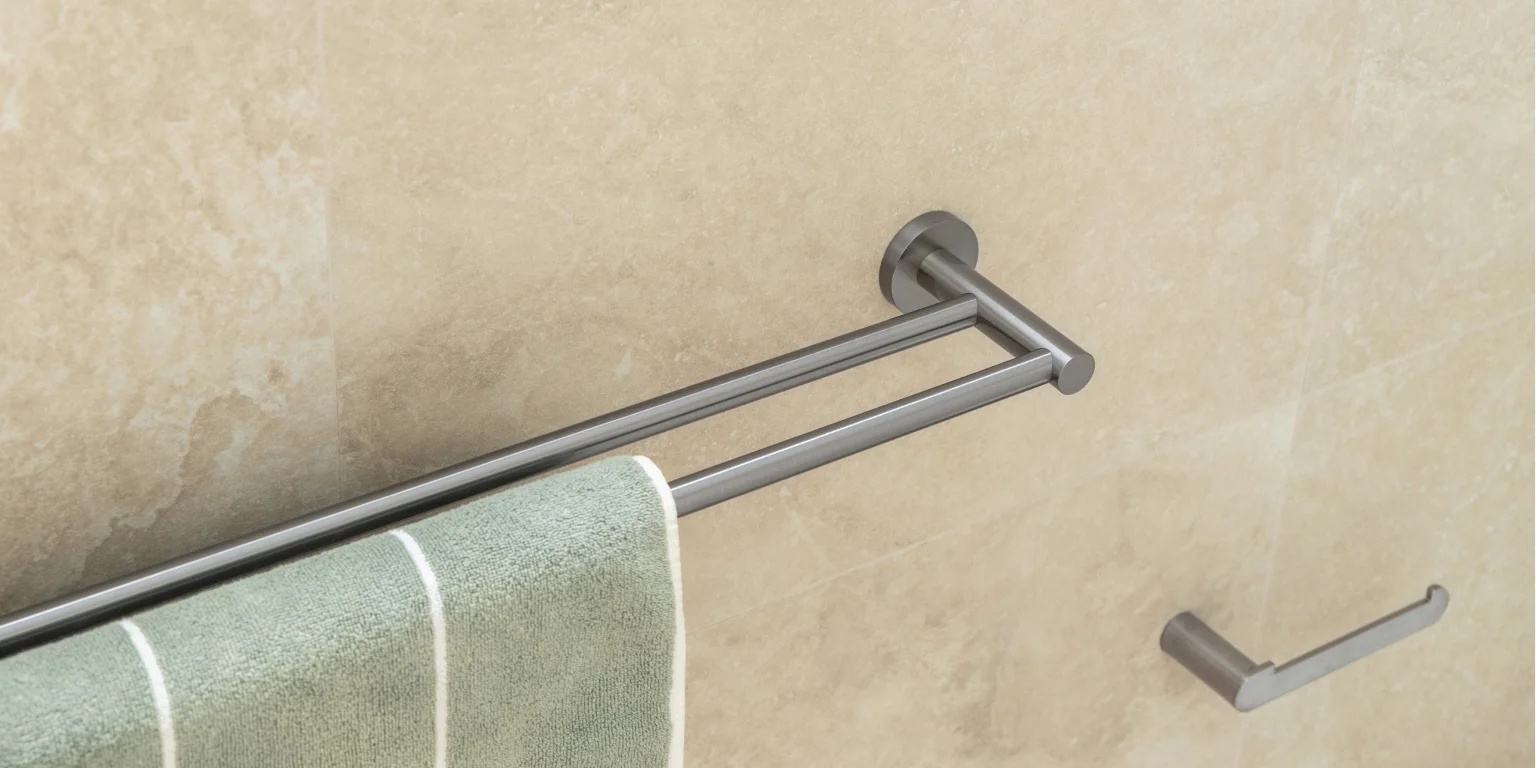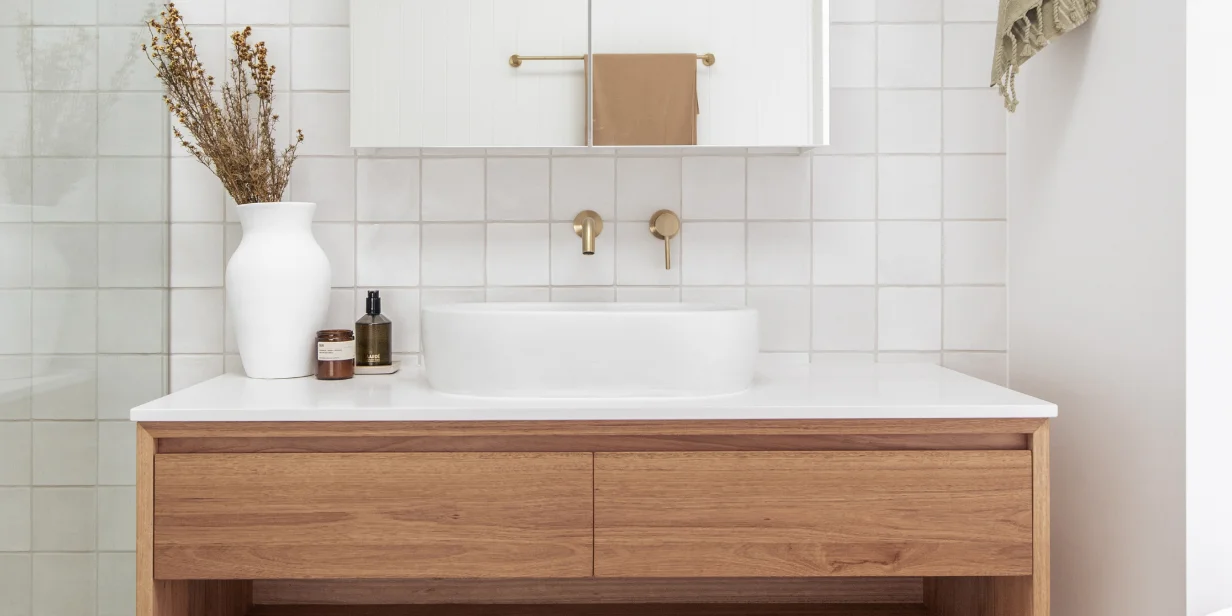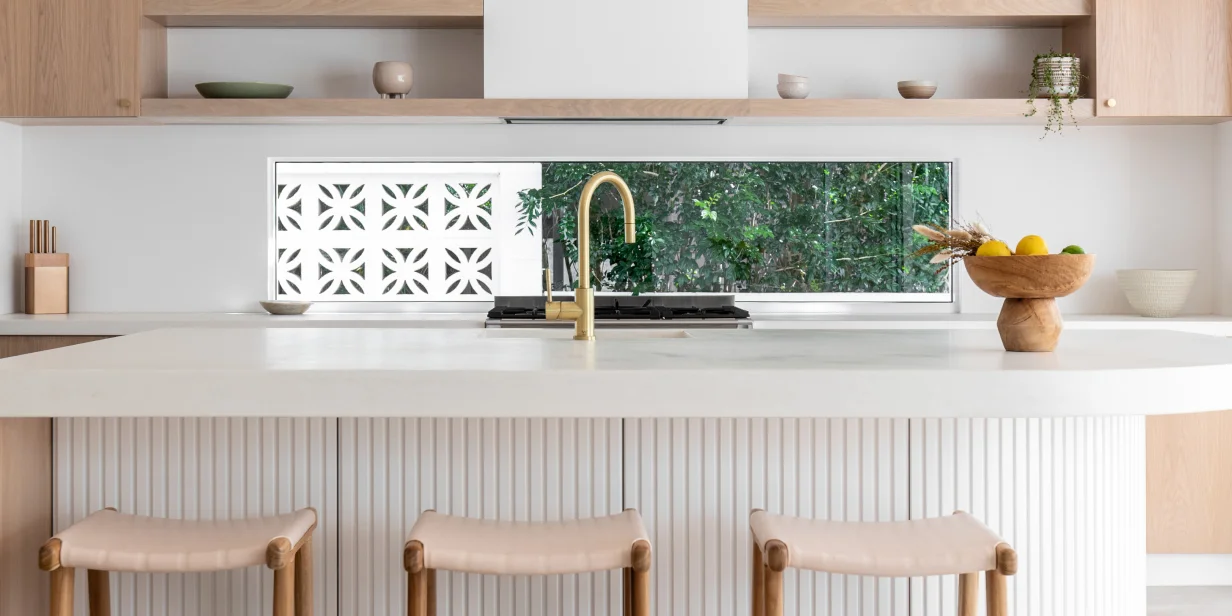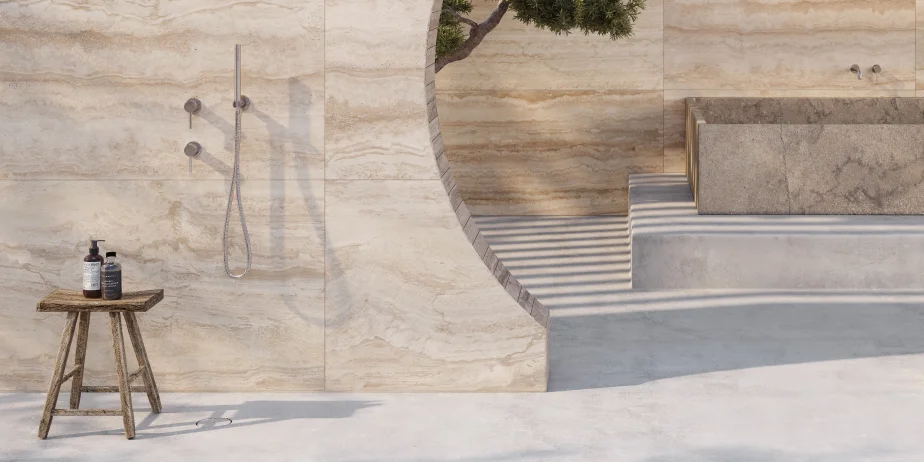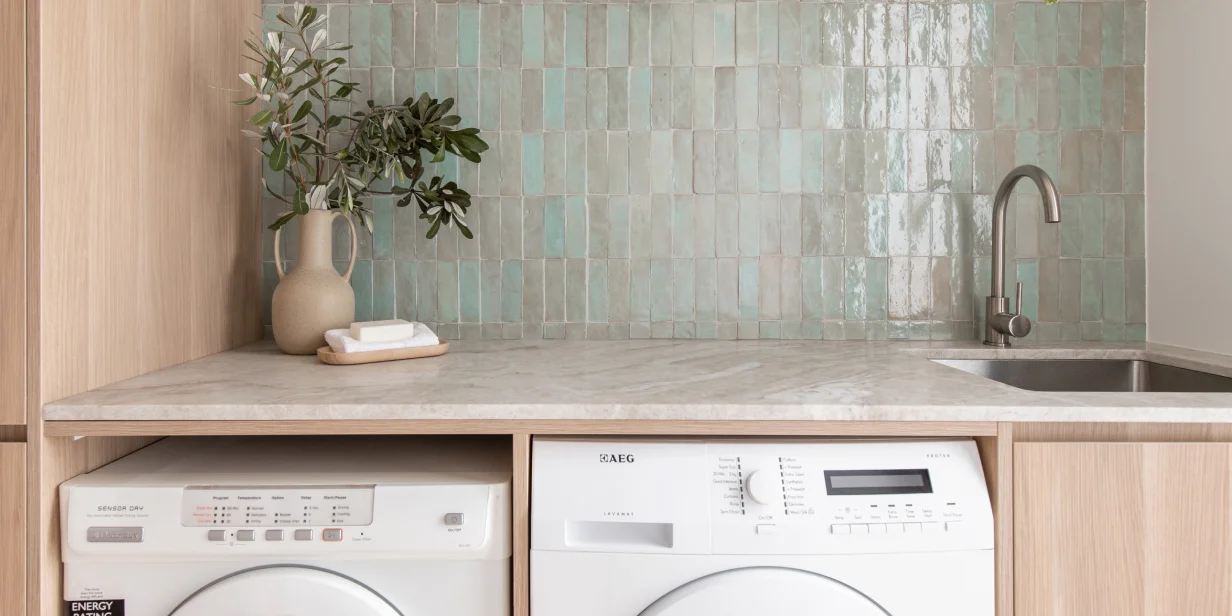How to Choose Calming Colours in Interior Design
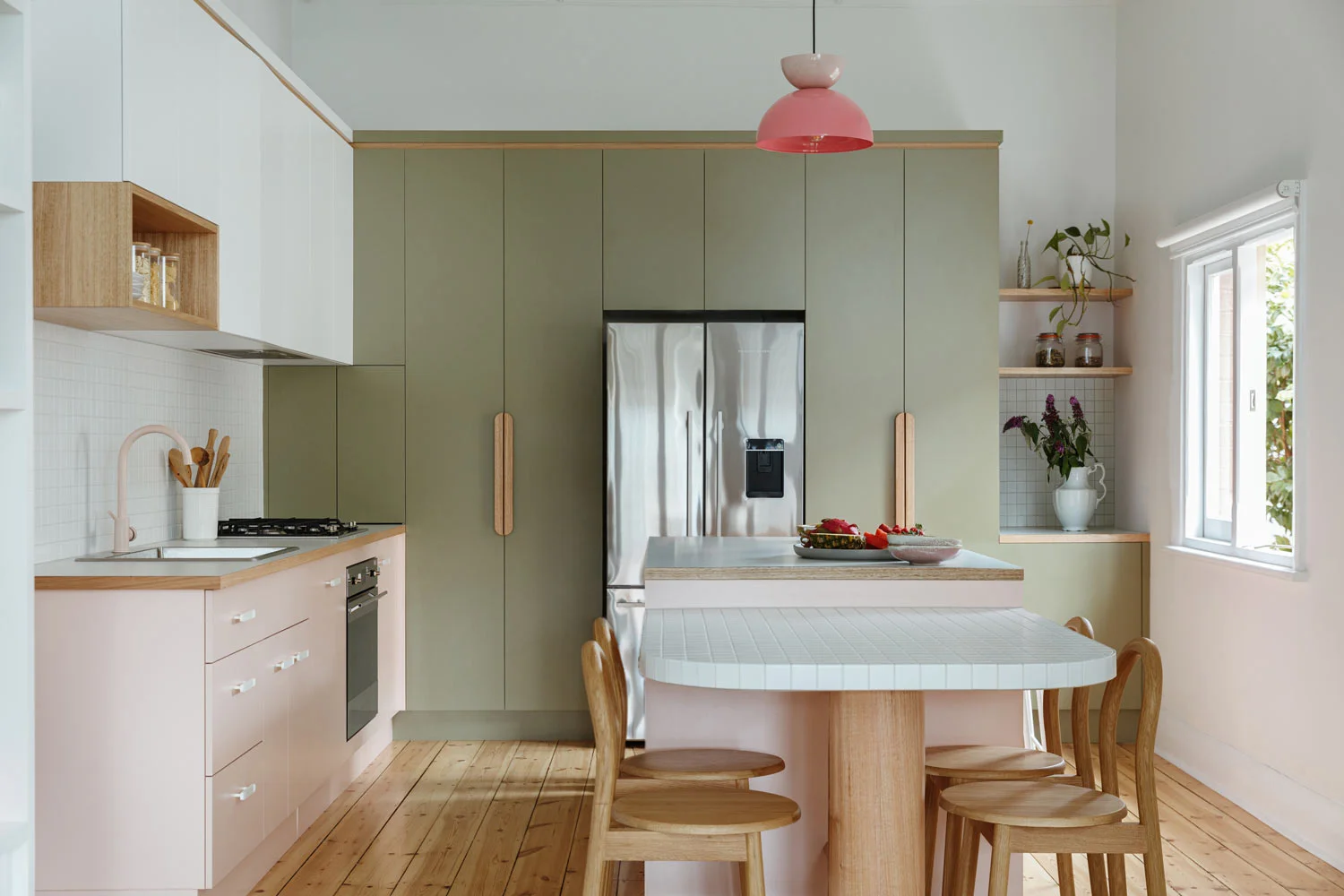
Your home is a sanctuary — a refuge away from the outside world that should offer a relaxing reprieve from the stresses of daily life.
Selecting calming colours for your interior design provides therapeutic power to alleviate stress so you can easily unwind in this environment.
We speak to some interior design enthusiasts about how you can introduce colours that are relaxing into your home and which ones are recommended for specific rooms to instil a greater sense of serenity.
What Are The Calming Colours?
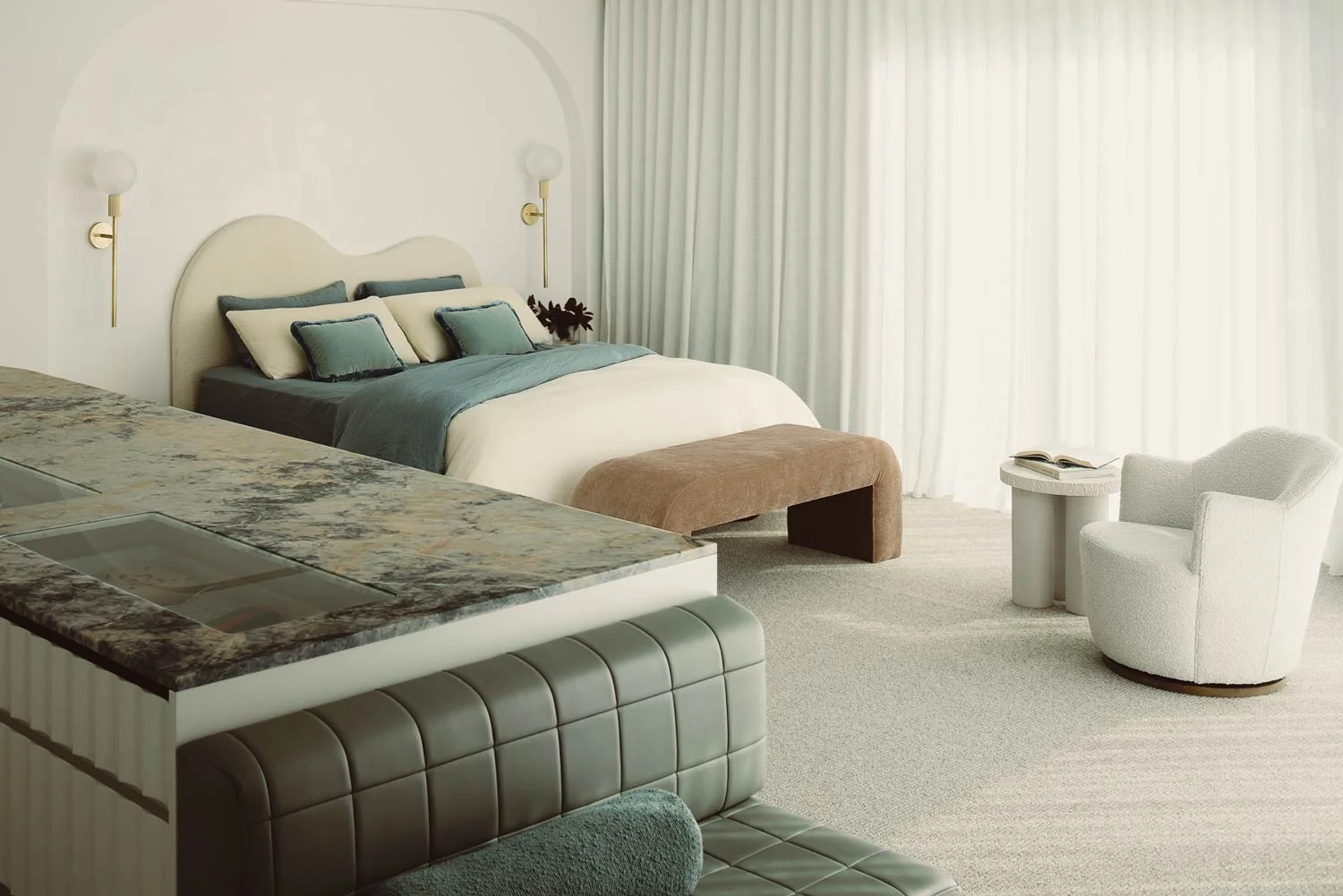

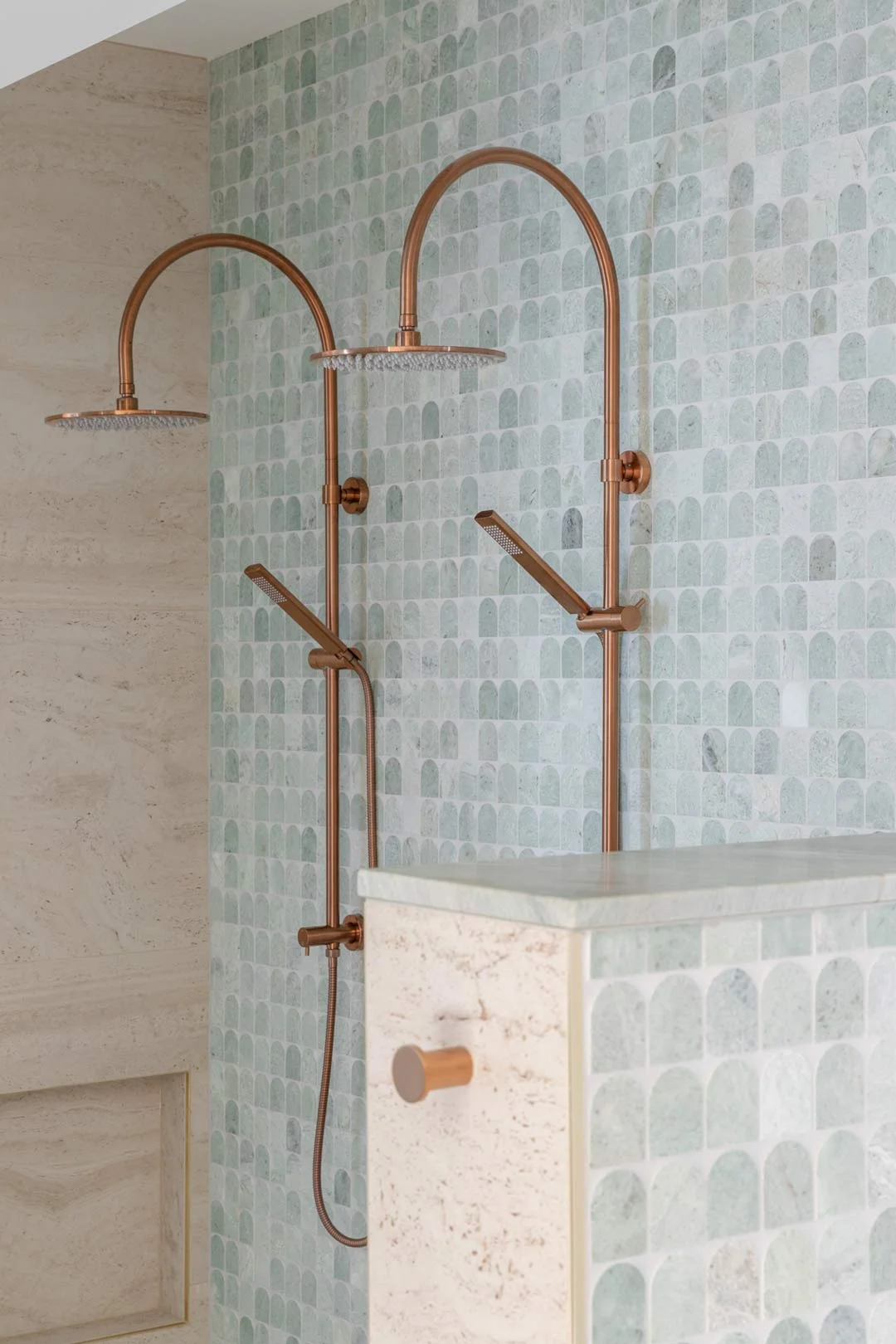
It helps to know which colours are more likely to positively influence your space psychologically. However, personal preference often dictates which colours are considered calming in the home.
“People’s response to colour varies,” says Trish Khoury, founding director of Grace Interior Designs.
“[However], there are colours known scientifically to have a calming effect synonymous with tranquillity.”

Blues and greens are associated with elements in nature — evoking a sense of tranquillity that makes them organically calming spaces. These cool-toned colours reflect peace and purity, giving them a symbolically soothing essence across cultures.
Choosing the right combination of colours for your interior design can make a big difference when creating a relaxing atmosphere in your home.
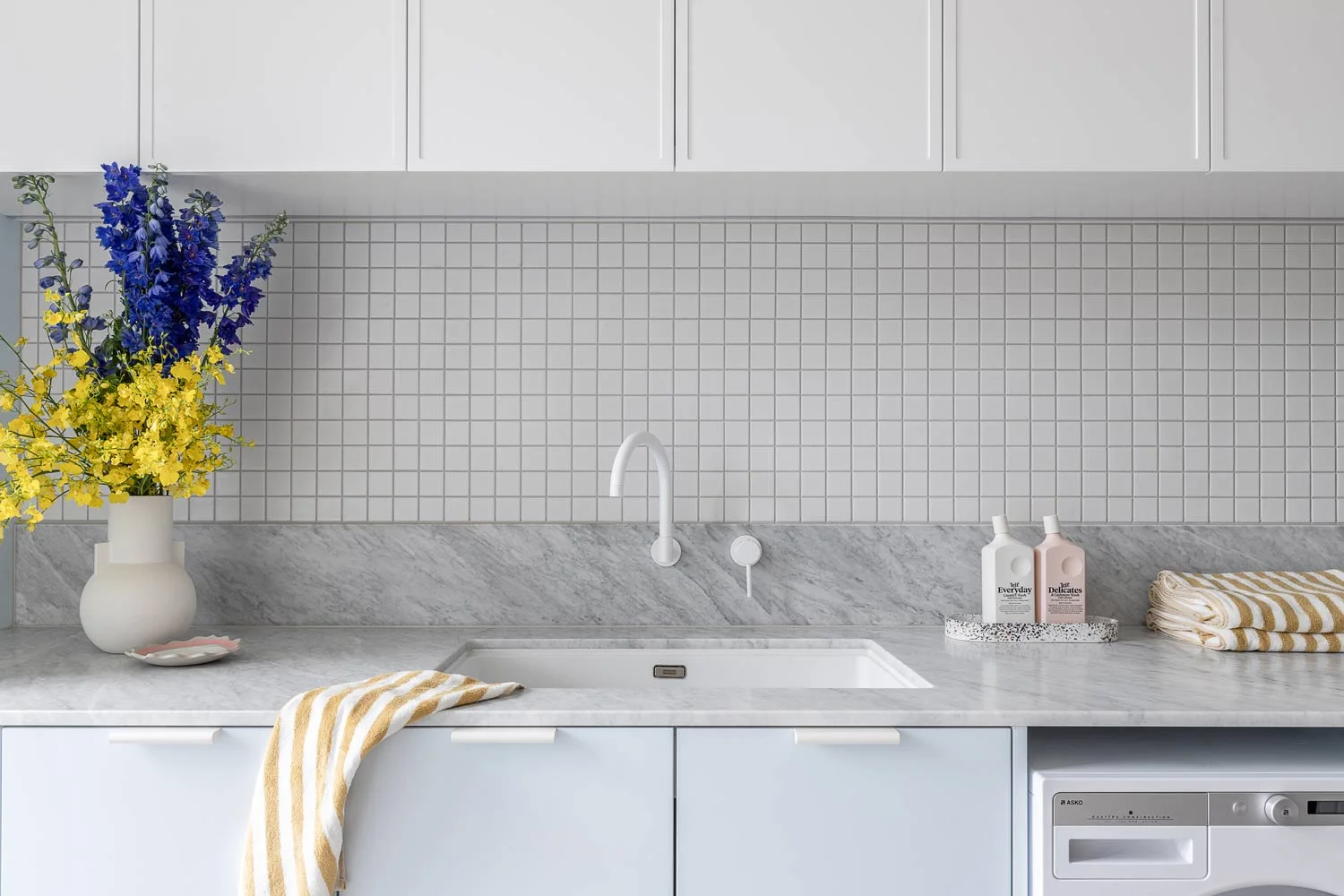
“Soft blues and greys are commonly suggested as calming colour [combinations] for various rooms in the house, including bedrooms, kitchens, laundry rooms, and living areas,” adds Ilia Mundut, founder of online home décor store HeftyBerry.
“These colours can create a serene and tranquil environment, promoting relaxation and a sense of calmness.”

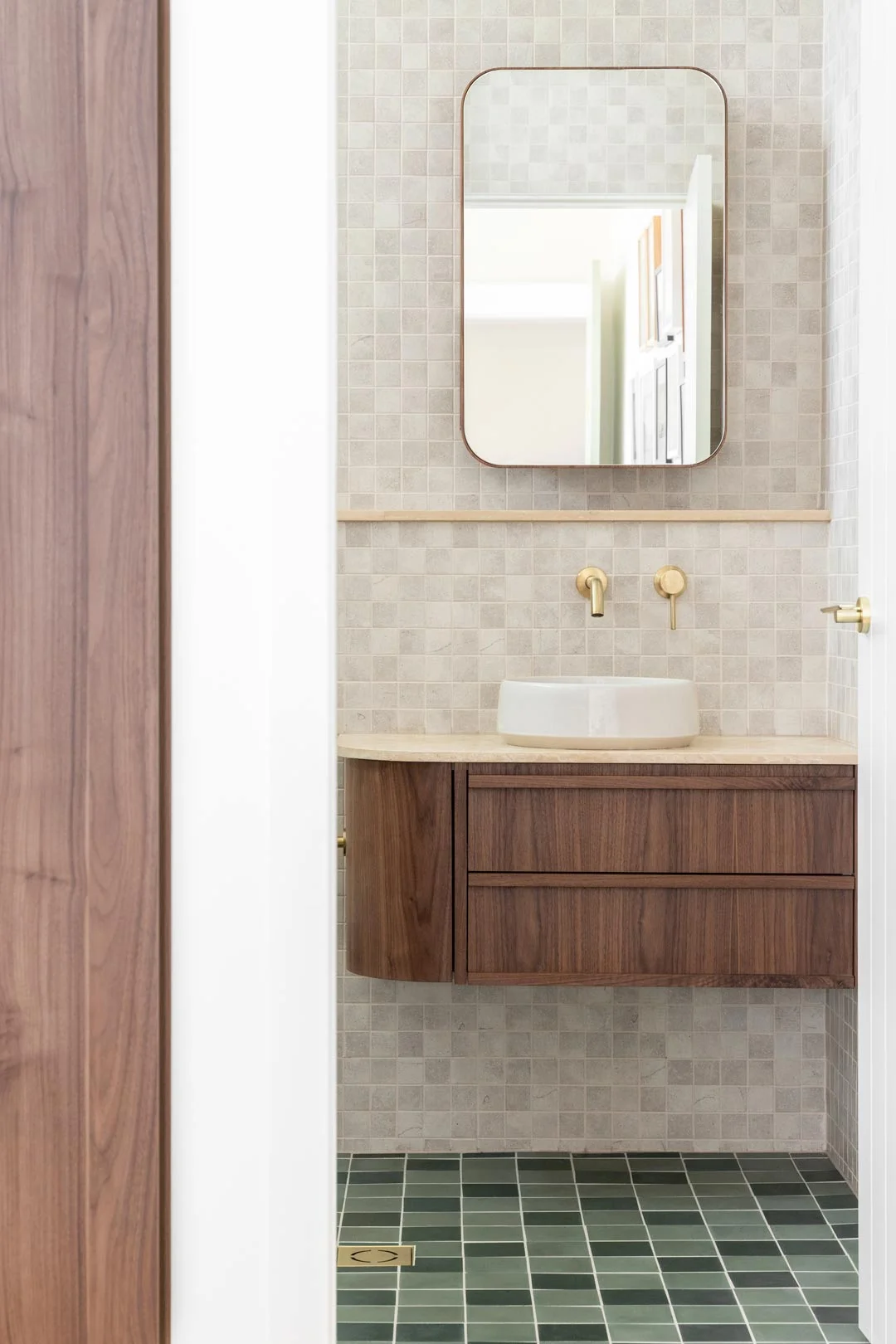
Indeed, you could use the environment as natural inspiration for your interior design style — forest greens, woodsy browns, and lighter-toned browns can all help to create an earthy, calming space.
Muted Neutrals and Soft Pastels
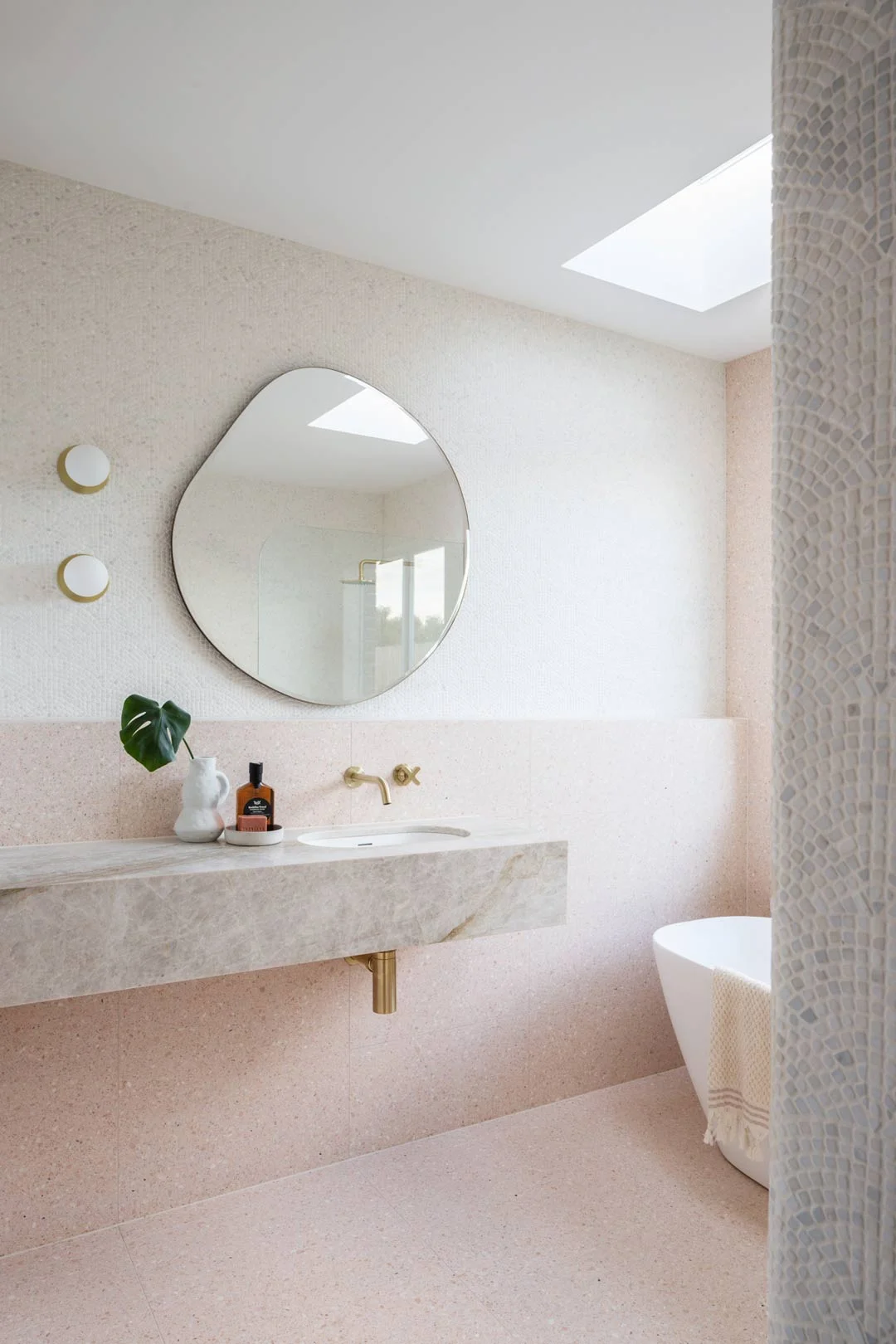
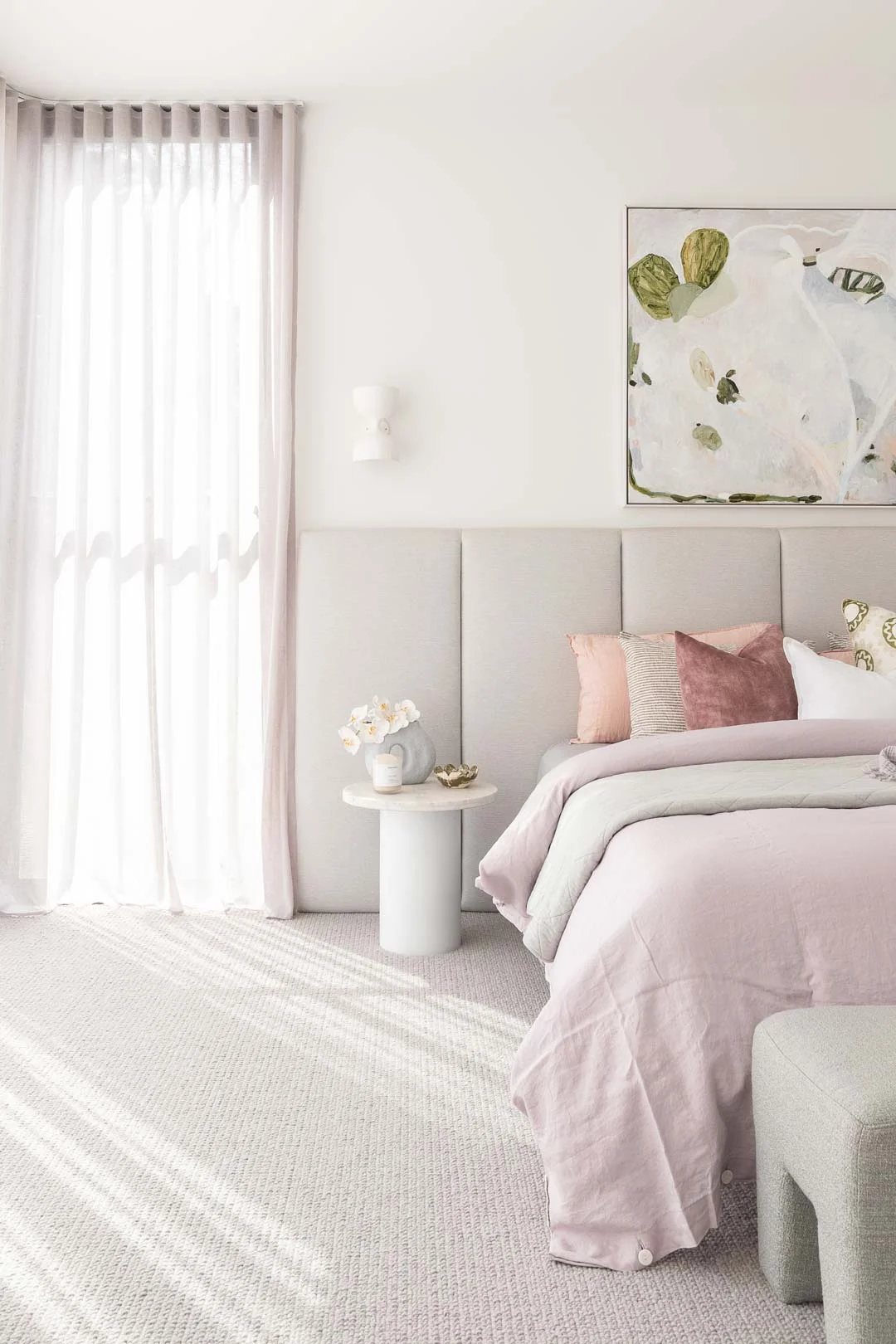
A relaxing environment can also be established with the right approach to mastering muted neutrals or using a soft colour palette.
“These colours are often soft and subtle, providing a soothing backdrop for the space,” continues Ilia. “Examples of muted neutrals include soft mauve, cool grey, and creamy yellow.”

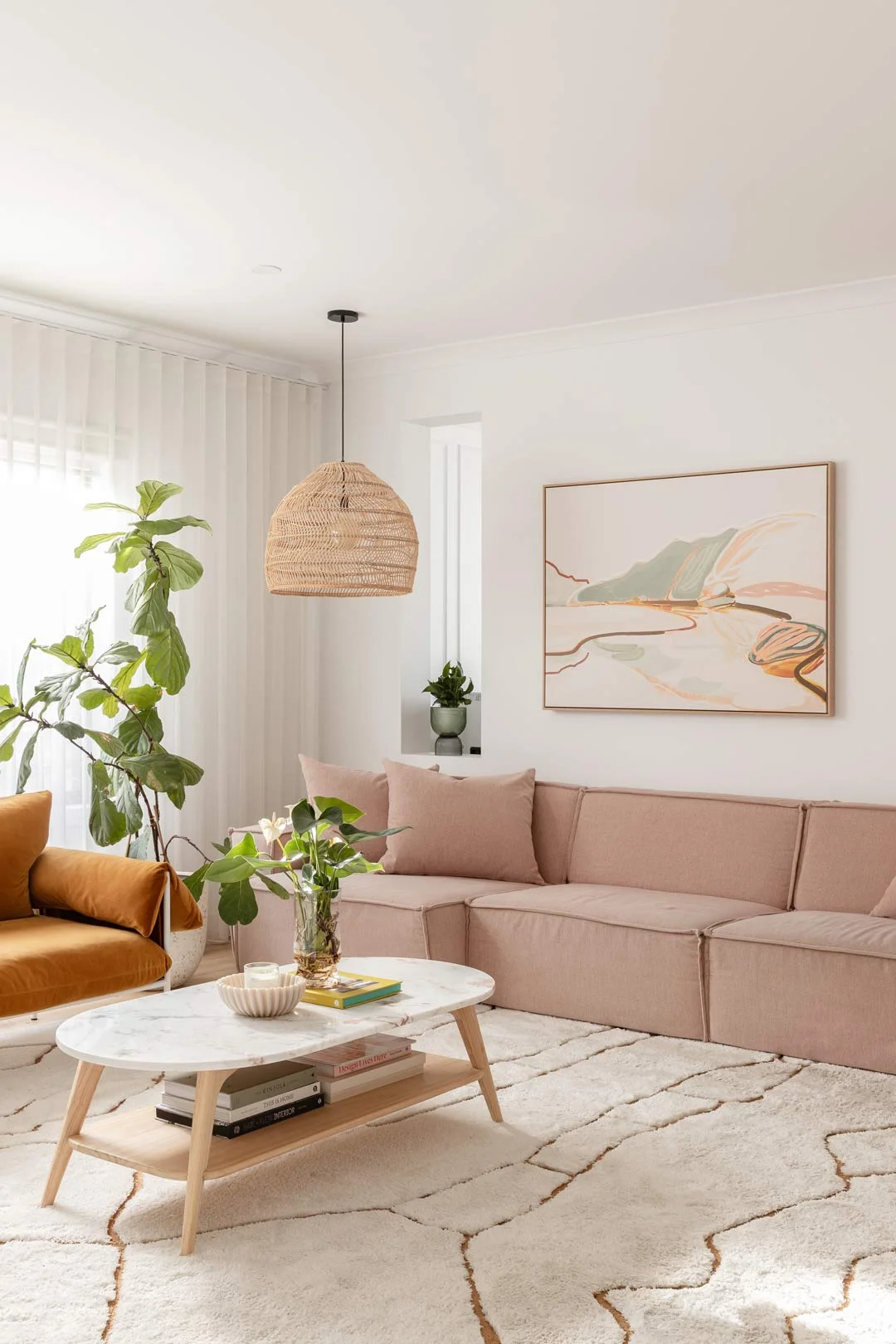
A sense of tranquillity and relaxation can be created with gentle hues, too, such as soft pastel colours that include light pink, lavender, and mint green — contributing to a calming ambience in your home.
“More generally, neutral colours in soft tones are more widely considered ‘safe’,” says Trish.
Elements That Contribute to a Calming Environment
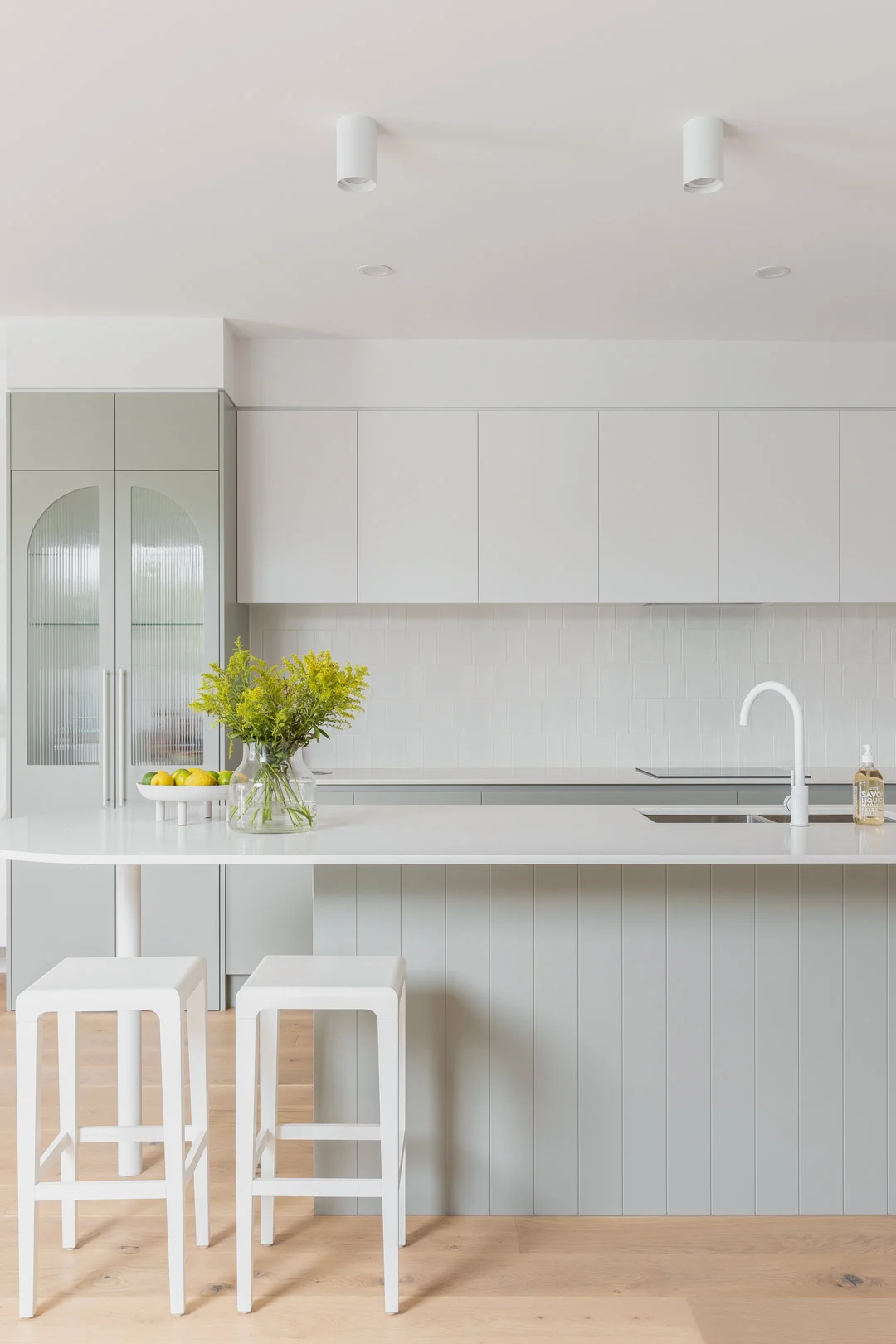
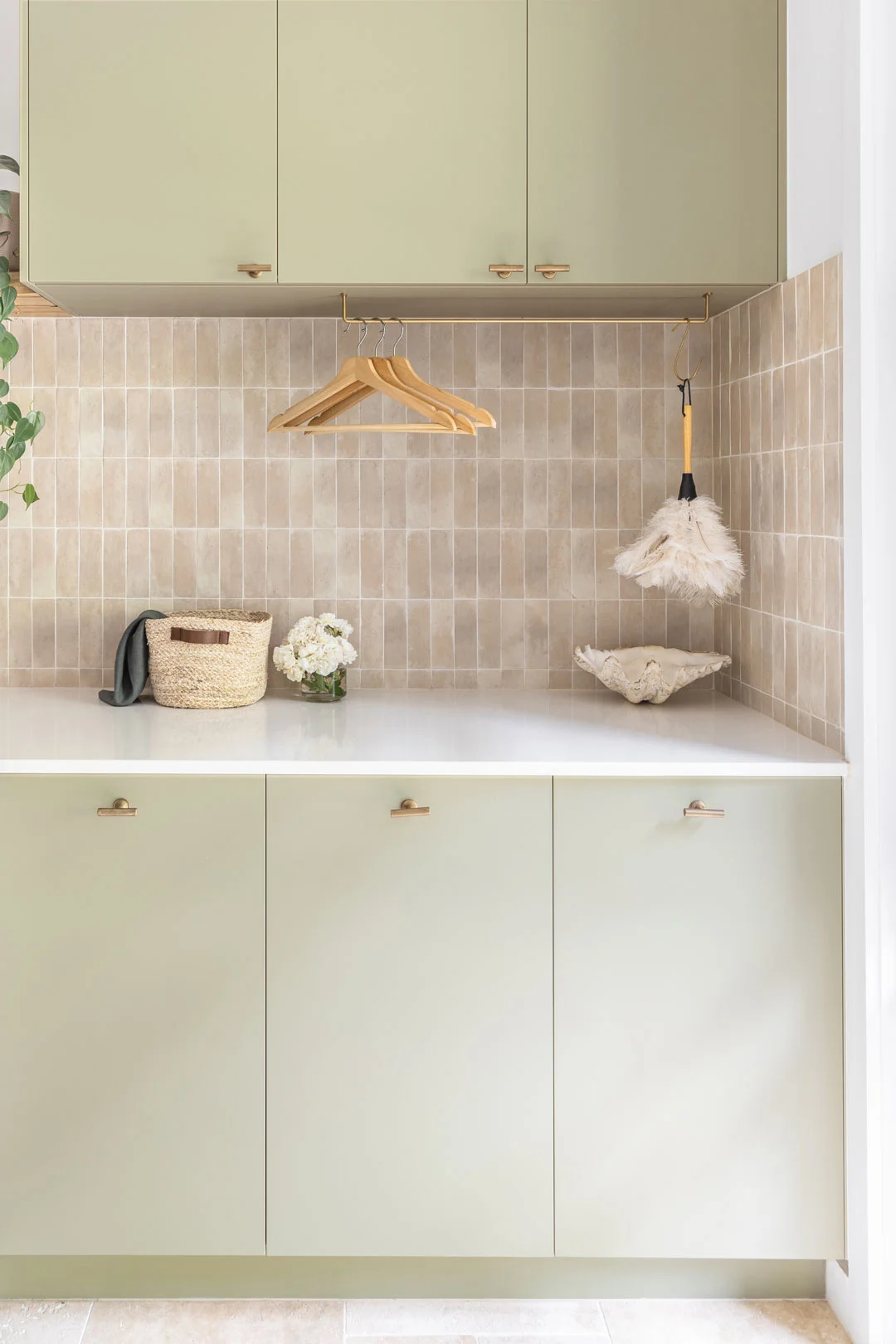
Of course, colour isn’t the only element to consider when creating a calming environment. Other elements, such as functionality, work in tandem with colour to contribute a practical necessity, for instance.
“[Colours] can be used in a variety of spaces to achieve a sense of calm. But colour, as an interior design element, can’t be considered in isolation to achieve calmness,” continues Trish.
“[...] a kitchen, for example, can’t be calm with colour only, it needs to be highly functional. With suitable storage, fixtures, and finishes. Light and temperature in bedrooms also play a role in how calm this space can be, used in conjunction with colour.”
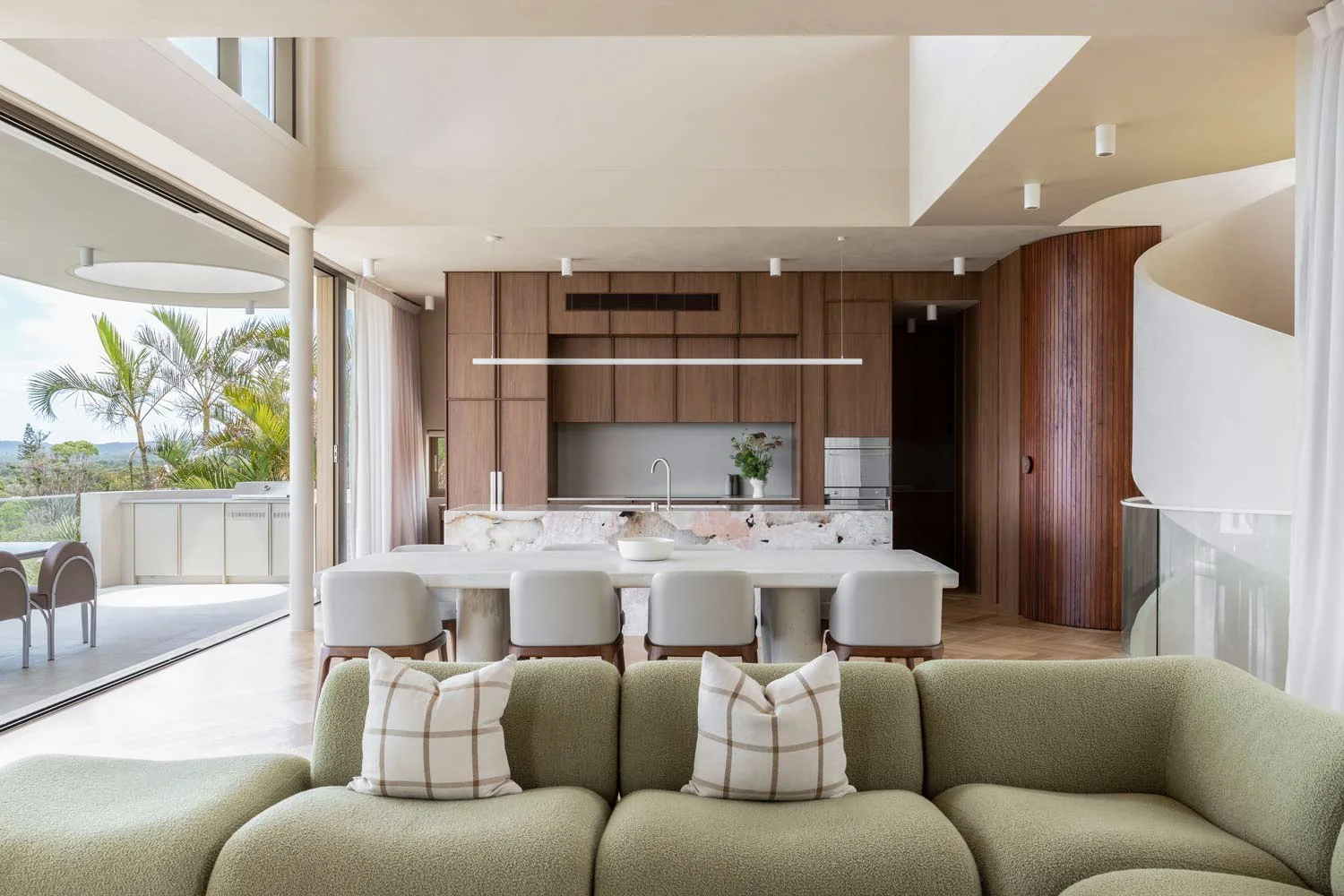
Trish says that a living room generally has more textural elements — such as soft furnishings that work to achieve comfort and, with colour, a feeling of calmness.
“Overall, each individual room needs to be primarily functional to be calm, and colour is an element that contributes to the whole calming aesthetic.”
What Colours Make a Room Feel Warmer?
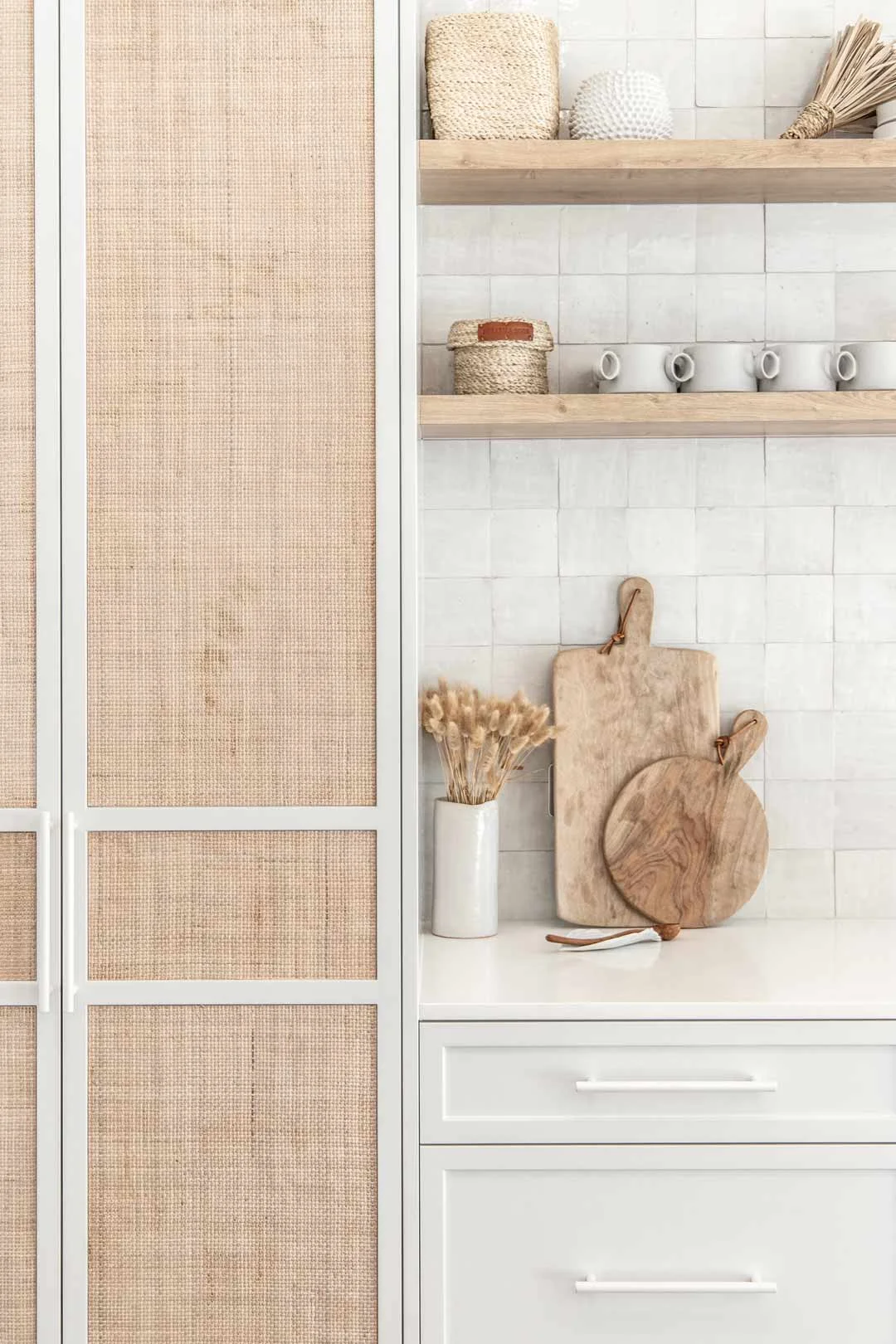
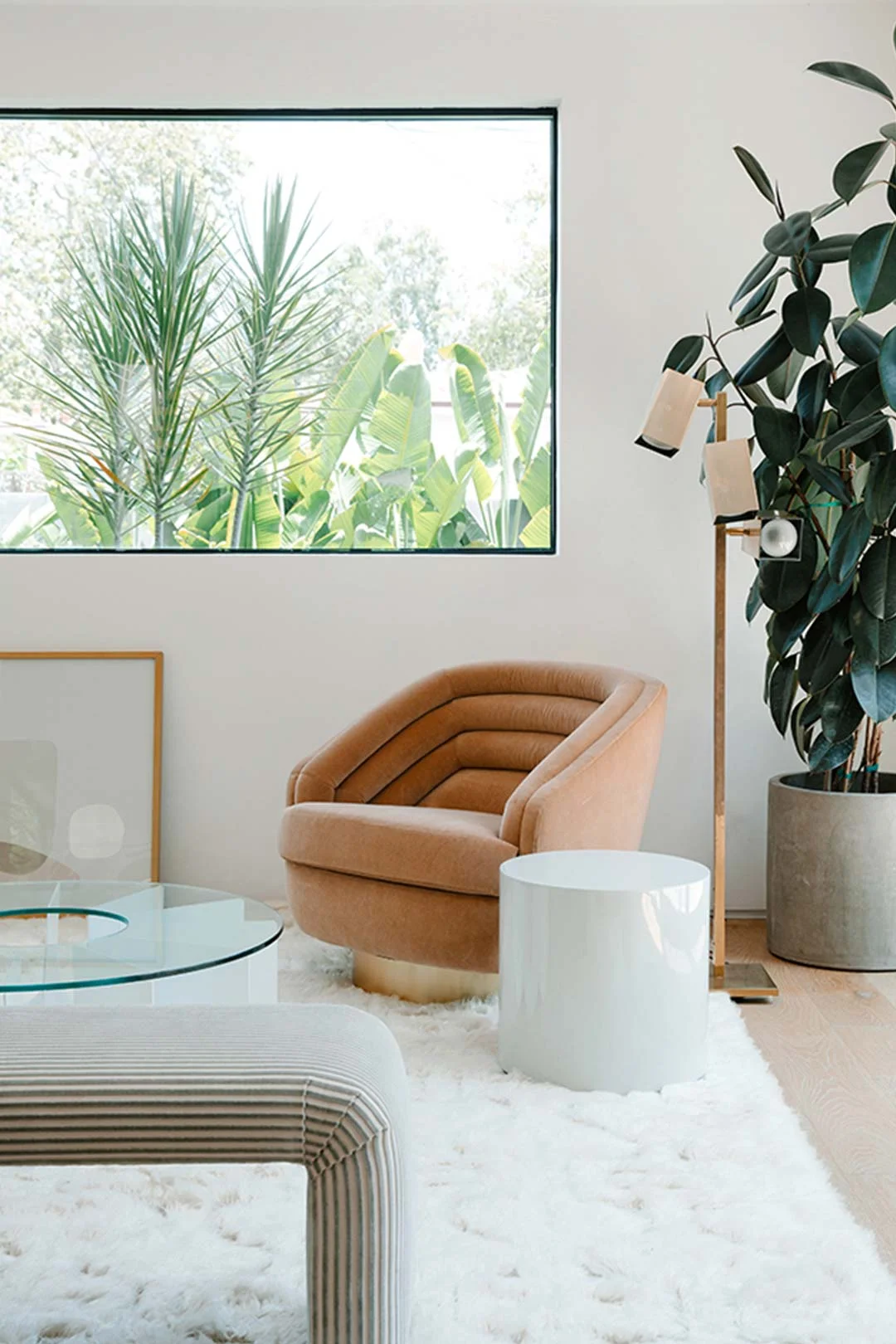
Traditionally, warmer colours tend to be avoided in calm spaces due to their energetic qualities — which can be counterproductive. However, toning down your hues can create a more welcoming and relaxing home environment.
“Generally, I achieve warmth through a combination of interior design elements such as texture, material, and colour,” adds Trish.
“Warm materials include timber, for example. A texture for warmth might be velvet or rattan, and the colour could be any of the neutrals [mentioned above].”
“Soft, warm shades, such as sandy neutrals and warm greys, can add a touch of luxury and calmness to a room,” continues Ilia.
He says that, above all, it’s essential to choose calming colours that you love to tailor your home environment.
“Remember, the most important step in choosing calming colours for your home is to use the colours you love,” he says.
“It's essential to create a space that resonates with your personal preferences and brings you a sense of peace and tranquillity.”
Want to add character and depth to your space? Check out How to Mix Metals: Our 3-Step Guide to Mastering the Trend Like a Pro.
